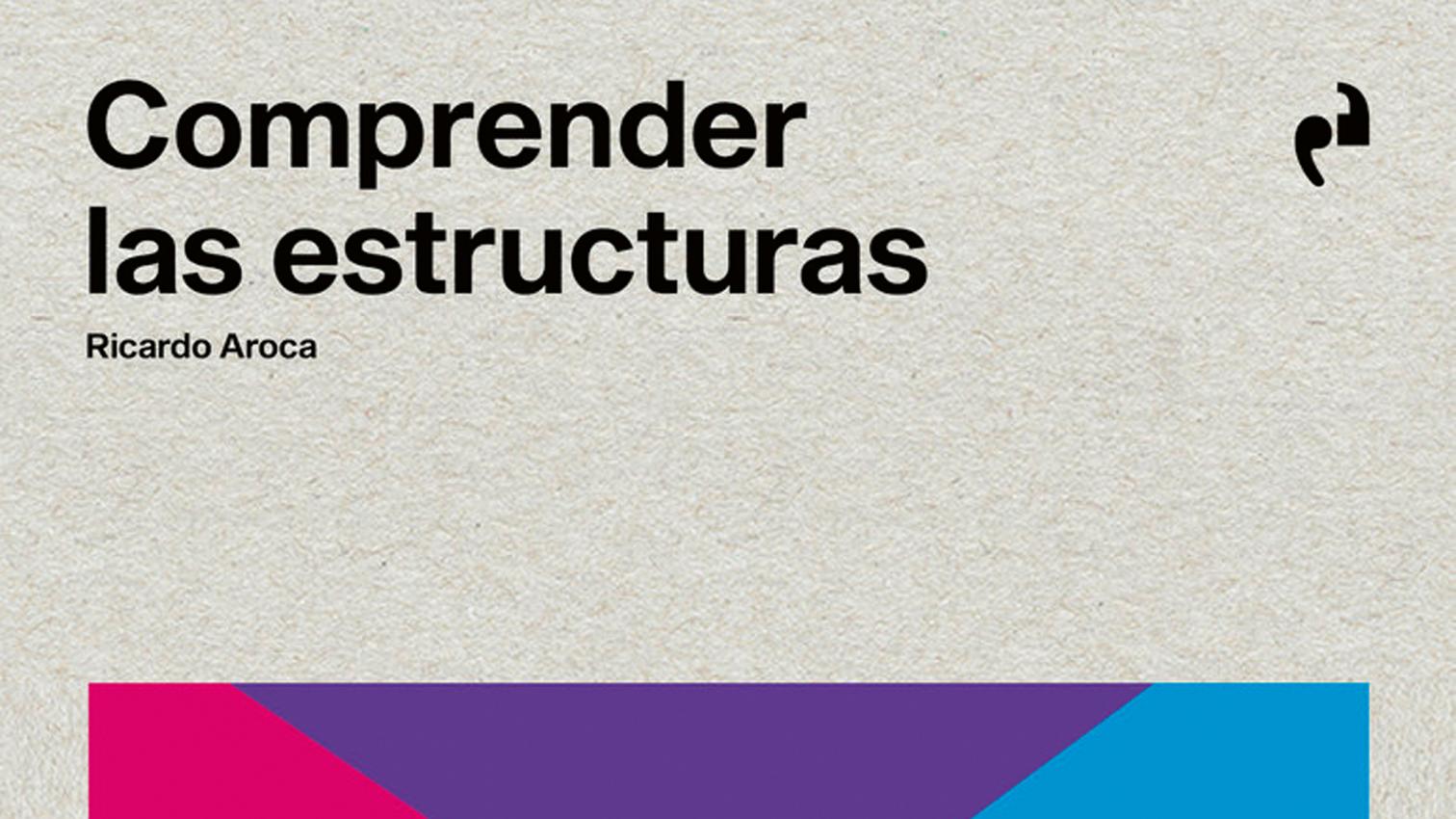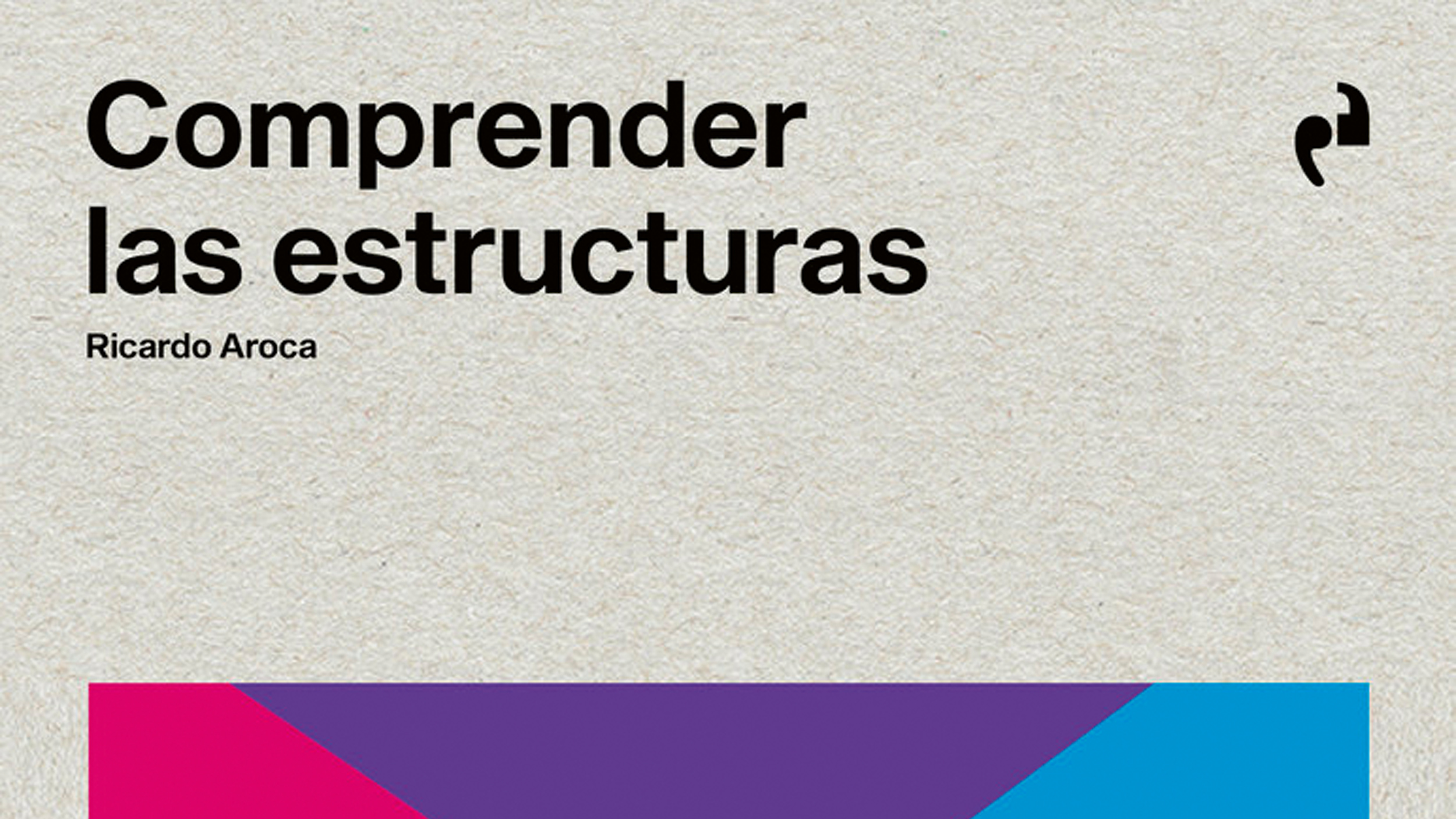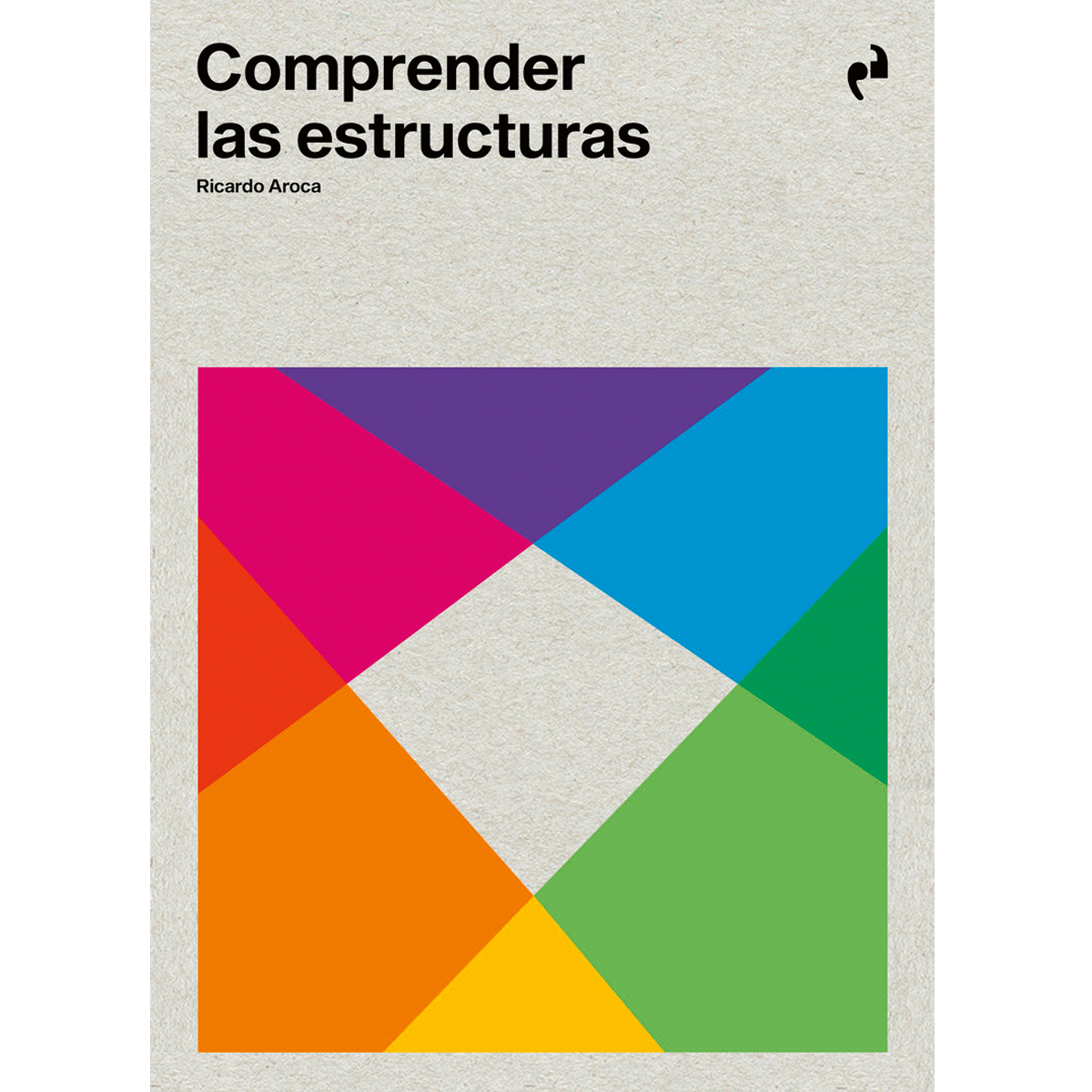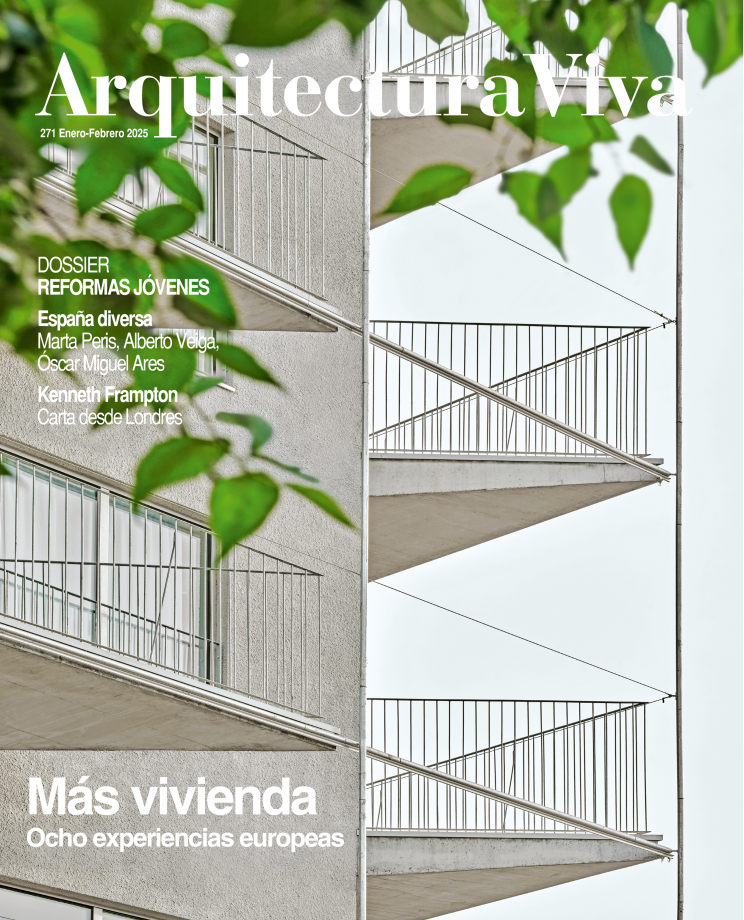
In the course of his professorship, Ricardo Aroca not only taught students to tackle structures through skill in identifying and solving classic problems, but also to formulate a reflection of the kind that is less a practical instrument for drawing up reasonably efficient designs than a frame of mind that enables one to interiorize the inner workings of structures, that empowers one to understand structures, as the title of the five-book kit presenting Aroca’s teachings states.
To understand them, what for? Why do we have to understand structures at a time when tools of automatic analysis make them easy to check, even for someone with no solid idea of how they behave? There is already ‘competition’ between new and senior engineers in improving the designs of structures. In this cyclical process, the beginner can with the help of computers build up a pace of improvement quite close to that which the more seasoned professional achieves intuitively through experience and veteran insight, aided mainly by pencil and paper, notwithstanding occasional resorting to more sophisticated technologies.
So, again, why the need to understand structures? The answer lies in the architectural project, or in the actual structural project. It’s about the ‘how to begin’ that Ricardo speaks of on page one of the preface. The aim is to undertake the design of a complex object in a way that addresses functionality, spatial organization, aesthetics, context, costs… An object in which the structure can play a larger or smaller role – central sometimes, but never autonomous.
That’s why it makes no sense to consider the structure apart from other determinants or intentions of the project, nor to try to bring in structure at a later time, like an afterthought, something imagined on the margins of the complete work. In the conception process, understanding structure with certain depth makes it possible to properly make it part of an overall reflection, to see it as something beneficial to the work, precisely because of the restrictions that structural requirements impose and the opportunities they offer. This, in my opinion, is what the teacher Ricardo Aroca has always tried to impart.
Very appropriately, the series is organized by requisites – balance, resistance, rigidity, stability – rather than by types. But in addition to the detailed explanations of what each one entails, the books are highly illustrative thanks to the clarity with which Aroca identifies the essential parameters of the shape and physical constitution (scheme, proportion, size, dimensions, materials) of structures, and links them to the primordial structural exigencies mentioned.
I must say that the overall result, with readable texts and quality drawings, is very stimulating. All the figures are hand-drawn and, as Ricardo points out, rendered with the same rhythm as writing. Page by page it’s as if I were once again attending Ricardo’s class and seeing him at the blackboard, demonstrating that rigor is not at odds with clarity, nor with simplicity.







